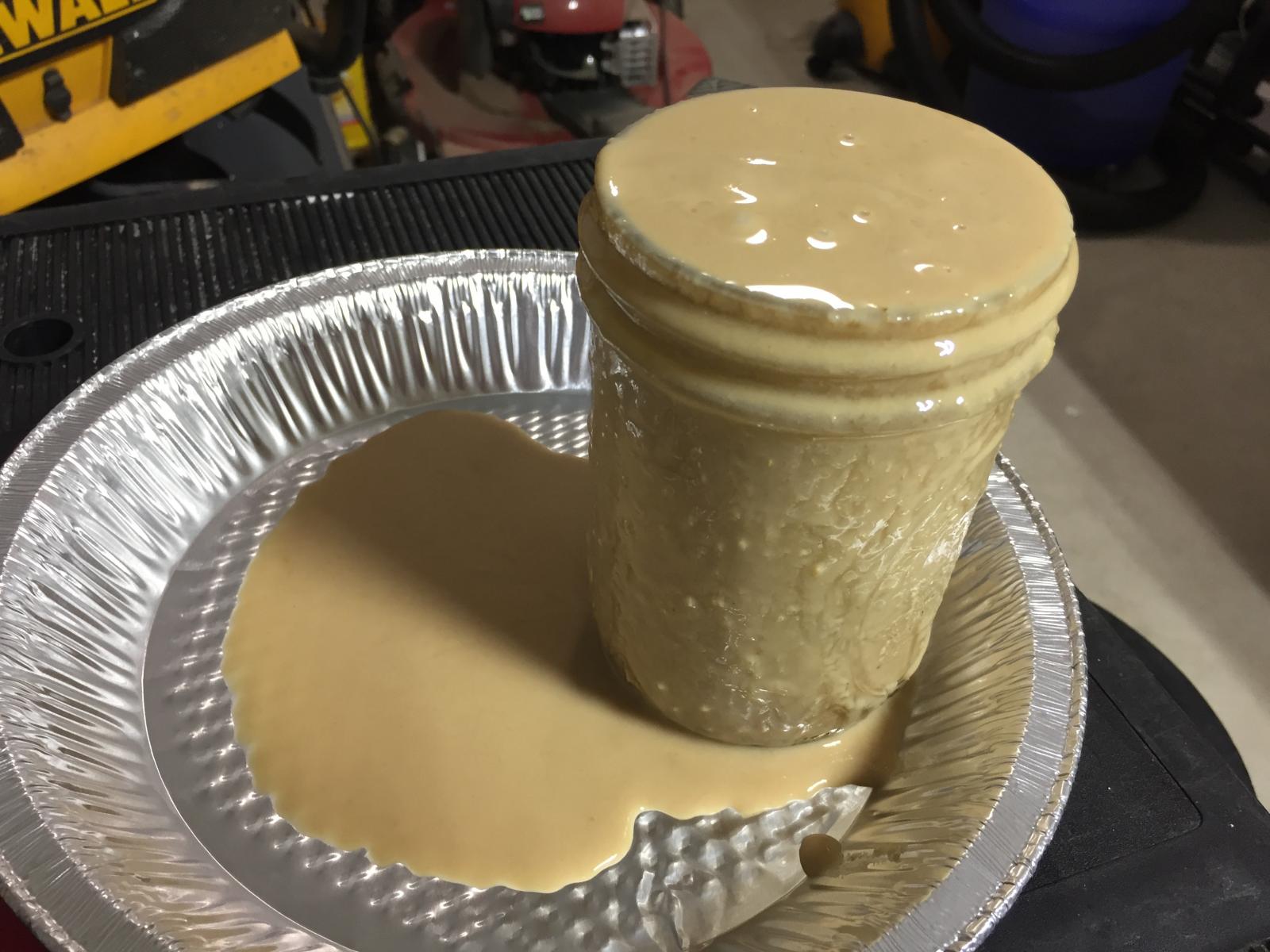I have no doubt that the volume of the bottling device is minimal and the truth is that you are more likely to introduce significantly greater oxygen levels during the act of filling the bottle than attaching the bottling device - especially if you begin bottling immediately after the installation of the device.
My thoughts for the use of the valve as a stiring device stemmed from teh volume of displacement created by actuating the valve. One complete cycle of the valve would move the volume of liquid equal to a sphere with a diameter matching the diameter of the valve.
Open the valve, the valve 90° and close back 90°, assuming the valve rotates about a central axis, and you have moved each half of the circle 180° and essentially pushed the volume of a complete sphere with each complete cycle.
Formula being V=4/3πr^3
Volume = 4/3 * 3*3.14159*1.5^3
Seems that each opening and closing would move 14.1 cubic inches of liquid at the point where the priming sugar sits. Since water does not compress, all of the liquid in the fermenter would be set in motion. It seems that four or five quick, complete cycles moving up to 70 cubic inches of liquid at the site of the attachment and stirring the entire contents at the same time would sufficiently distribute the priming sugar throughout the fermenter. Just actuat ethe valve five times in rapid succession and allow the fermenter to sit for 20 minutes and teh sugar will be distributed.




